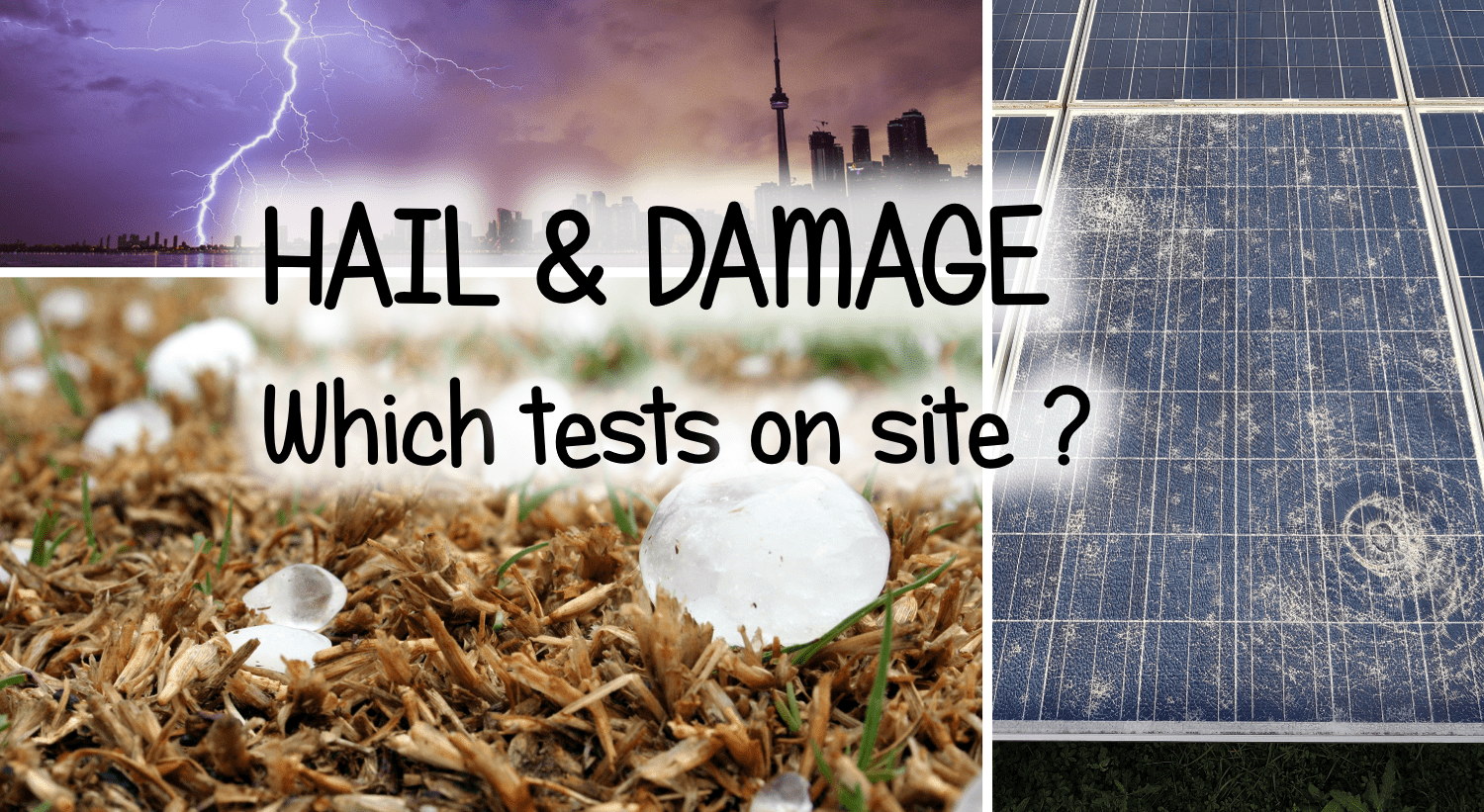IV tracers and mobileLAB comparison: TOPCon, HJT, IBC and PERC modules
Today, there are numerous tools available for field measurement of IV curves on individual modules and strings. In this article, we present the results of a comparison between curve tracers and the MobileLAB. Commercial curve tracers differ primarily in:
- Maximum string voltage (Voc)
- Maximum string current (Isc)
- Methods for measuring and recording environmental data
- Types of cell technologies they can measure
- (and, of course, price)
At MRP, we have been performing technical and instrumental field inspections since 2011. To date, we have carried out over 1’000 check-up on photovoltaic plants, conducting every type of investigation and measurement possible.
Photovoltaic Check-Up: Thermography, IV Curves, Electroluminescence, Drones

Each week, we perform check-ups, technical due diligence, and commissioning tests, building extensive experience in assessing the performance of photovoltaic modules and strings. This expertise is rooted in the cell and module manufacturing sector, where we have been active since 2000.
With the introduction of new photovoltaic technologies such as TOPCon, HJT, and IBC, field IV curve measurements have become increasingly complex. Unlike traditional Al-BSF and PERC cells – still the standard for many photovoltaic systems today – high-efficiency modules pose new challenges for precision and reliability in field testing.
These new technologies, such as TOPCon, HJT, and IBC, exhibit capacitive effects that complicate accurate electrical characterization of individual modules and strings, often requiring longer measurement times.
MobileLAB: laboratory-grade precision for field tests
This challenge has been addressed in laboratory settings through the use of solar simulators capable of delivering long-duration flashes, which are sufficient for accurately measuring the IV curve of a single module. Since 2024, MRP is offering a unique service in Italy: we bring laboratory-grade solar simulator technology and precision directly into the field with our MobileLAB.
This mobile laboratory is equipped with a TÜV Rheinland-certified LED solar simulator, rated A+A+A+ in performance, capable of conducting precision tests on modules of any size and technology, including high-efficiency models. Additionally, it can determine module bifaciality coefficients and measure performance across irradiance levels ranging from 200 to 1,000 W/m².

Field tests with Curve Tracers
For string measurements in the field, we use various tools that, thanks to their specific features, allow us to adapt to systems with widely varying designs and electrical parameters. However, as our tests demonstrate, not all portable curve tracers can adequately handle measurements on high-efficiency modules. The capacitive effects of the cells, combined with the bifaciality of the modules, present significant challenges in achieving precise and reliable measurements.
To ensure a thorough understanding of the tools we use, MRP regularly conducts campaigns for testing, comparison, calibration, and more. Recently, we compared four different portable curve tracers against our MobileLAB, performing tests on modules and strings at our test fields, where we evaluate and monitor diverse module technologies and architectures.
The comparison between curve tracers and the MobileLAB revealed significant deviations from the actual power measured indoors with our mobile laboratory, often exceeding the tolerances declared by the manufacturers of the measurement instruments.
The importance of tools and expertise
We frequently encounter measurement reports prepared by technicians and engineers who declare uncertainties equivalent to those stated by the instrument manufacturers, without accounting for real-world measurement conditions (or even configuring the instruments incorrectly). In our experience, declaring a 5% uncertainty for outdoor IV measurements is highly ambitious and achievable only under specific test conditions with correct procedures.
To avoid significant discrepancies between measured data and the actual power output of the modules, it is essential to:
- Rely on experienced technicians with a deep understanding of photovoltaic technologies and measurement techniques.
- Use reliable tools and follow established procedures to ensure data consistency.
- Never take manufacturer or third-party claims, such as module nameplate data or stated instrument uncertainties, at face value.
IV tracers and mobileLAB comparison: test results
The table below shows the percentage deviations in power measurements from several tests conducted.
As observed, the data from some of the measurements deviated significantly from the actual power output, exceeding the measurement tolerances declared by the instrument manufacturers.

Conclusions
The IV tracer and mobileLAB comparison tests conducted reveal that as cell and module efficiency increases, so does the variability of the data obtained with different curve tracers.
Measurement reliability and field experience are critical to ensuring maximum efficiency in photovoltaic systems. Thanks to our decades of expertise and continuous innovation, MRP provides precise and reliable solutions for any measurement or verification need.
Contact us to learn more about how we can help you optimize your system’s performance and ensure a more sustainable and efficient energy future.
Article by Giovanni Guiotto and Mark Rossetto – MRP Srl
October 2024




